Researchers from the Solar Energy Research Institute of Singapore (SERIS) claim to have achieved a record-breaking power conversion efficiency of 26.4% for a tandem solar cell based on a wide-bandgap perovskite bottom cell and a narrow-bandgap organic top device.
“The newly designed tandem cell achieved a power conversion efficiency of 27.5% on 0.05-cm2 samples and 26.7% on 1-cm2 devices, with the 26.4% result independently certified,” the scientists said, without revealing the name of the certification body. “These findings mark the highest certified performance to date among perovskite–organic, perovskite–CIGS, and single-junction perovskite cells at comparable size.”
The result was made possible by a new type of organic absorber in the bottom cell, which reportedly “significantly” increases near-infrared (NIR) photon harvesting thanks to an asymmetric non-fullerene acceptor (NFA) known as P2EH-1V. This uses a unilateral conjugated π-bridge to reduce the optical bandgap of the cell to 1.27 eV while maintaining “ideal” exciton dissociation and nanomorphology and ensuring hole transfer to the electron donor PBDB-T-2F (PM6).
Thanks to this design, the organic cell was able to achieve a remarkable power conversion efficiency of 17.9% and a high short-circuit current density of 28.60 mA cm2. Using ultrafast spectroscopy and device physics analyses, the research team found that the NFA enables absorption deep into the NIR region while maintaining a sufficient driving force for efficient charge separation and promoting ordered molecular packing, thus achieving free charge carrier collection with minimal energy loss.
The scientists used two layers with a transparent conducting oxide (TCO) interconnector to connect the organic cell with a top perovskite cell with an open-circuit voltage of 1.37 V and a fill factor of 85.5%. “These advancements result in perovskite–organic tandem solar cells achieving a record efficiency of 26.7% (certified at 26.4%) over an aperture area greater than 1 cm2,” the scientists said.
“With efficiencies poised to exceed 30%, these flexible films are ideal for roll-to-roll production and seamless integration onto curved or fabric substrates — think self-powered health patches that harvest sunlight to run onboard sensors, or smart textiles that monitor biometrics without the need for bulky batteries,” said SERIS researcher Hou Yi. “Thanks to their lightweight and flexible form factor, perovskite–organic tandem solar cells are ideally suited to power applications that are run directly on devices such as drones, wearable electronics, smart fabrics and other AI-enabled devices.”
The device was described in the paper “Efficient near-infrared harvesting in perovskite–organic tandem solar cells,” which was recently published in nature.
In December, researchers from the University of Potsdam in Germany and the Chinese Academy of Sciences said they achieved an efficiency of 25.7% for a tandem solar cell based on the same configuration.
This content is protected by copyright and may not be reused. If you want to cooperate with us and would like to reuse some of our content, please contact: editors@pv-magazine.com.
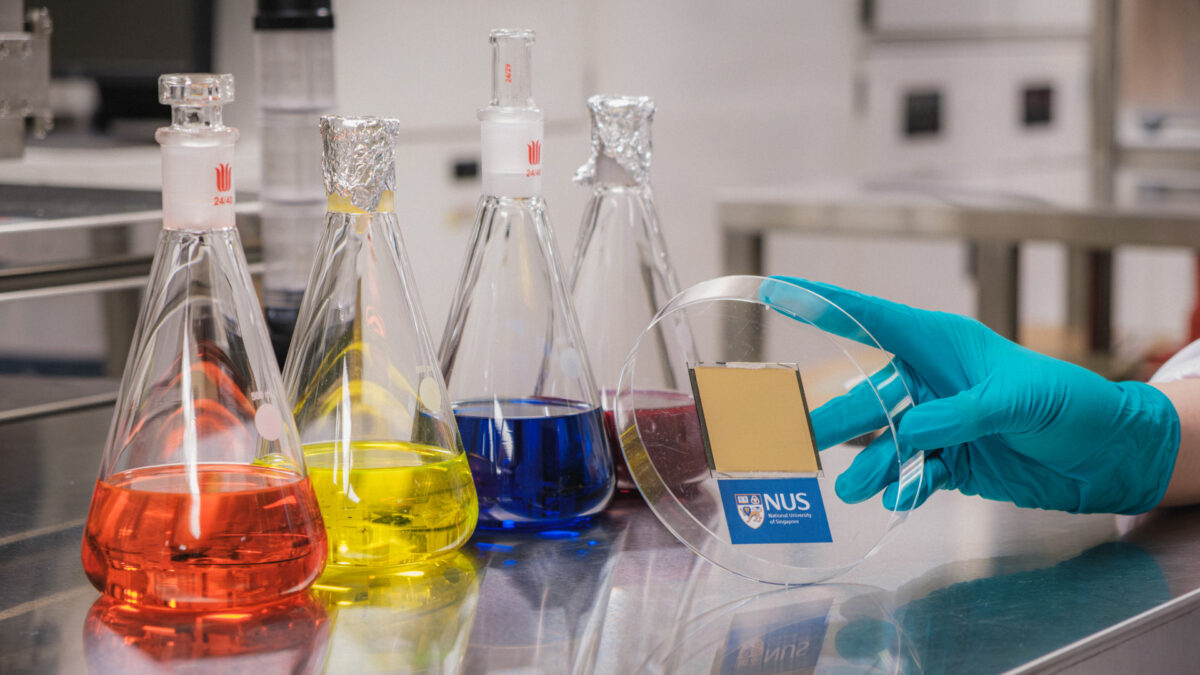




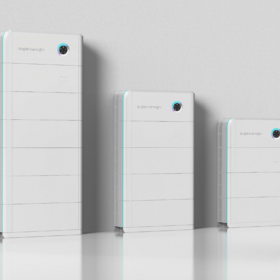
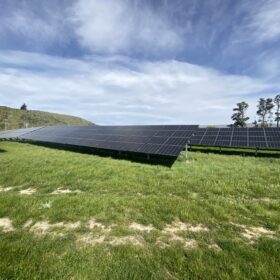
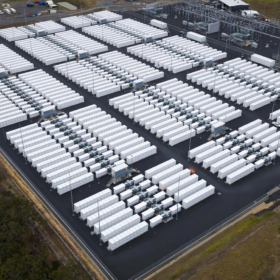
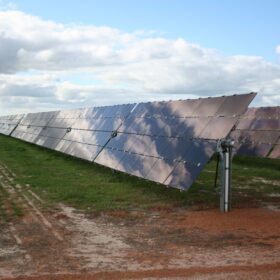
By submitting this form you agree to pv magazine using your data for the purposes of publishing your comment.
Your personal data will only be disclosed or otherwise transmitted to third parties for the purposes of spam filtering or if this is necessary for technical maintenance of the website. Any other transfer to third parties will not take place unless this is justified on the basis of applicable data protection regulations or if pv magazine is legally obliged to do so.
You may revoke this consent at any time with effect for the future, in which case your personal data will be deleted immediately. Otherwise, your data will be deleted if pv magazine has processed your request or the purpose of data storage is fulfilled.
Further information on data privacy can be found in our Data Protection Policy.